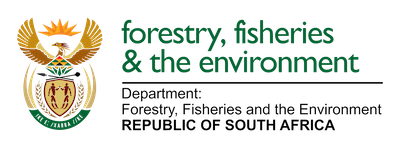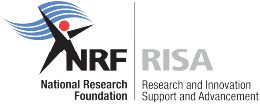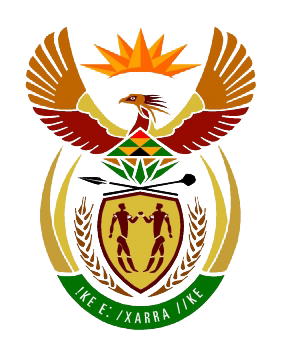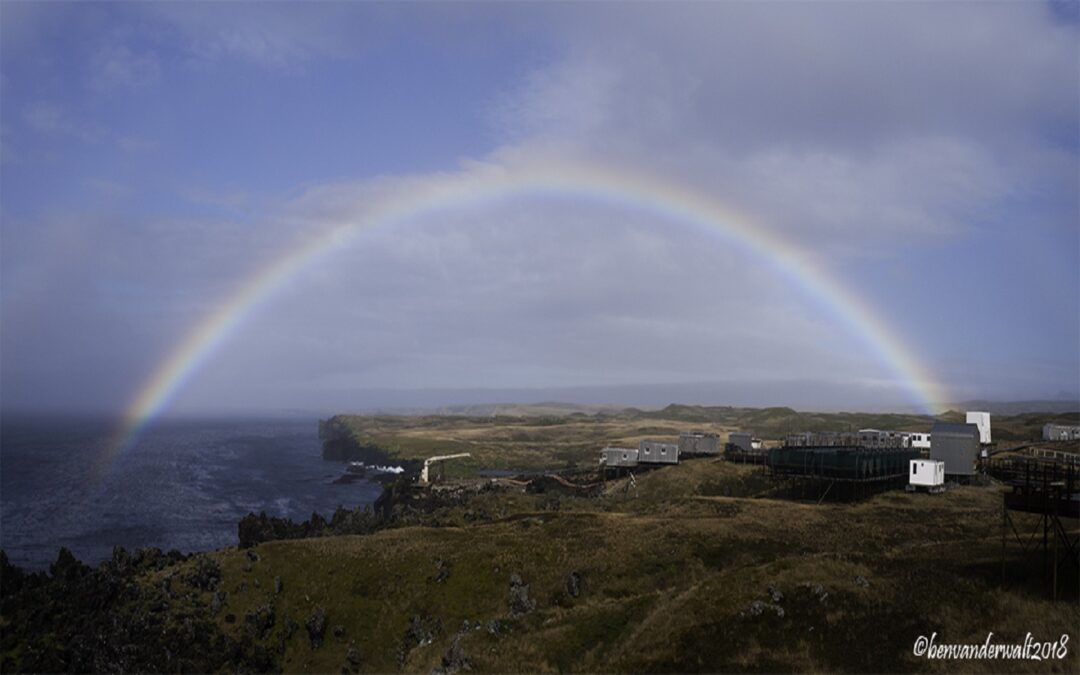
by Ria Olivier | Jan 25, 2024 | Ecology, Invasion Biology, Jobs, Marion Island, Mice Eradication, Overwintering Team, SANAP, sub-Antarctic, Team member
 Vacancy for field researcher on Marion Island (March 2024 – May 2025) –
Vacancy for field researcher on Marion Island (March 2024 – May 2025) –
Mouse impacts on invertebrates and plants
 The Department of Plant and Soil Sciences at the University of Pretoria is offering one suitably qualified candidate an opportunity to spend a year on Marion Island to measure various aspects of the impact of the house mouse on the diversity and function of the terrestrial ecosystems of Marion Island. This work will entail collecting baseline data, mostly on invertebrates and plants.
The Department of Plant and Soil Sciences at the University of Pretoria is offering one suitably qualified candidate an opportunity to spend a year on Marion Island to measure various aspects of the impact of the house mouse on the diversity and function of the terrestrial ecosystems of Marion Island. This work will entail collecting baseline data, mostly on invertebrates and plants.
CLOSING DATE 4 FEBRUARY 2024
Read more about Marion Island and Overwintering Teams on the SANAP website
REQUIREMENTS (full list available in advertisement
Minimum BSc (Hons) degree in an ecological field.
Experience of field work in rugged terrain is required.
Excellent organisational skills, attention to detail, meticulous observation, note-taking
and record-keeping abilities.
Experience of invertebrate and/or plant surveys.
Computer literacy with experience in data management, statistical analysis (at least
one undergraduate statistics course) and report writing are required.
Applicants should submit their applications here.
South African applicants will receive priority. Please note that appointments will be contingent on availability of ship berths and funding.
For queries contact Prof Greve (michelle.greve@up.ac.za) via email.
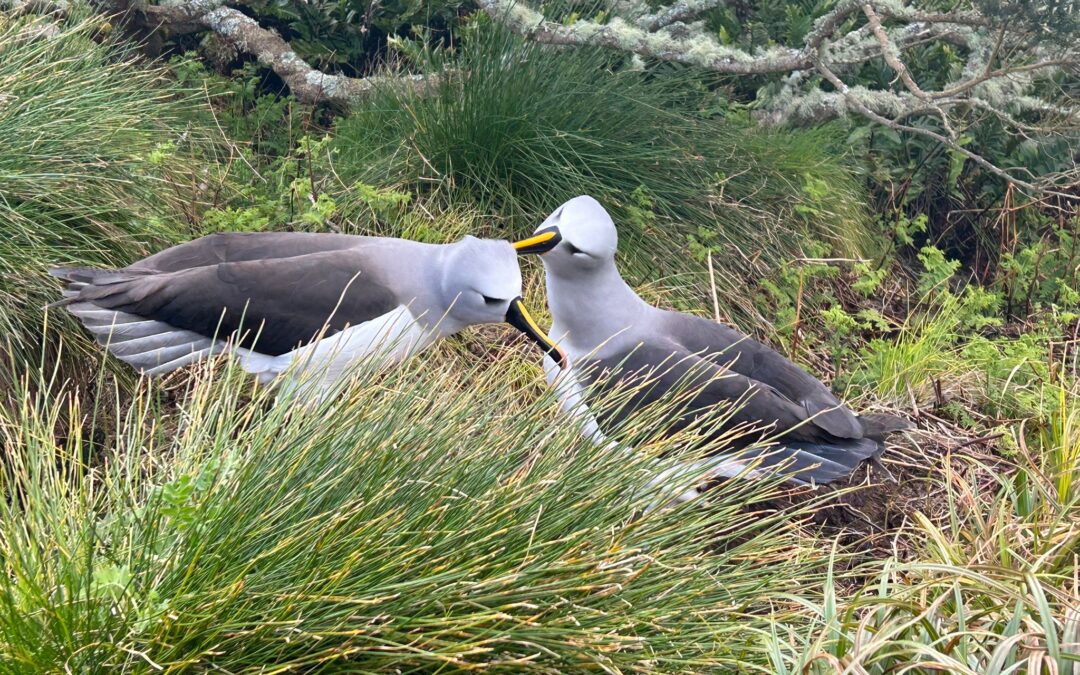
by Ria Olivier | Oct 12, 2023 | Environment, Gough Island, Invasion Biology, Mice Eradication, News, Overwintering Team, Research, Science, Take-Over Operations
The Gough Island Restoration Programme
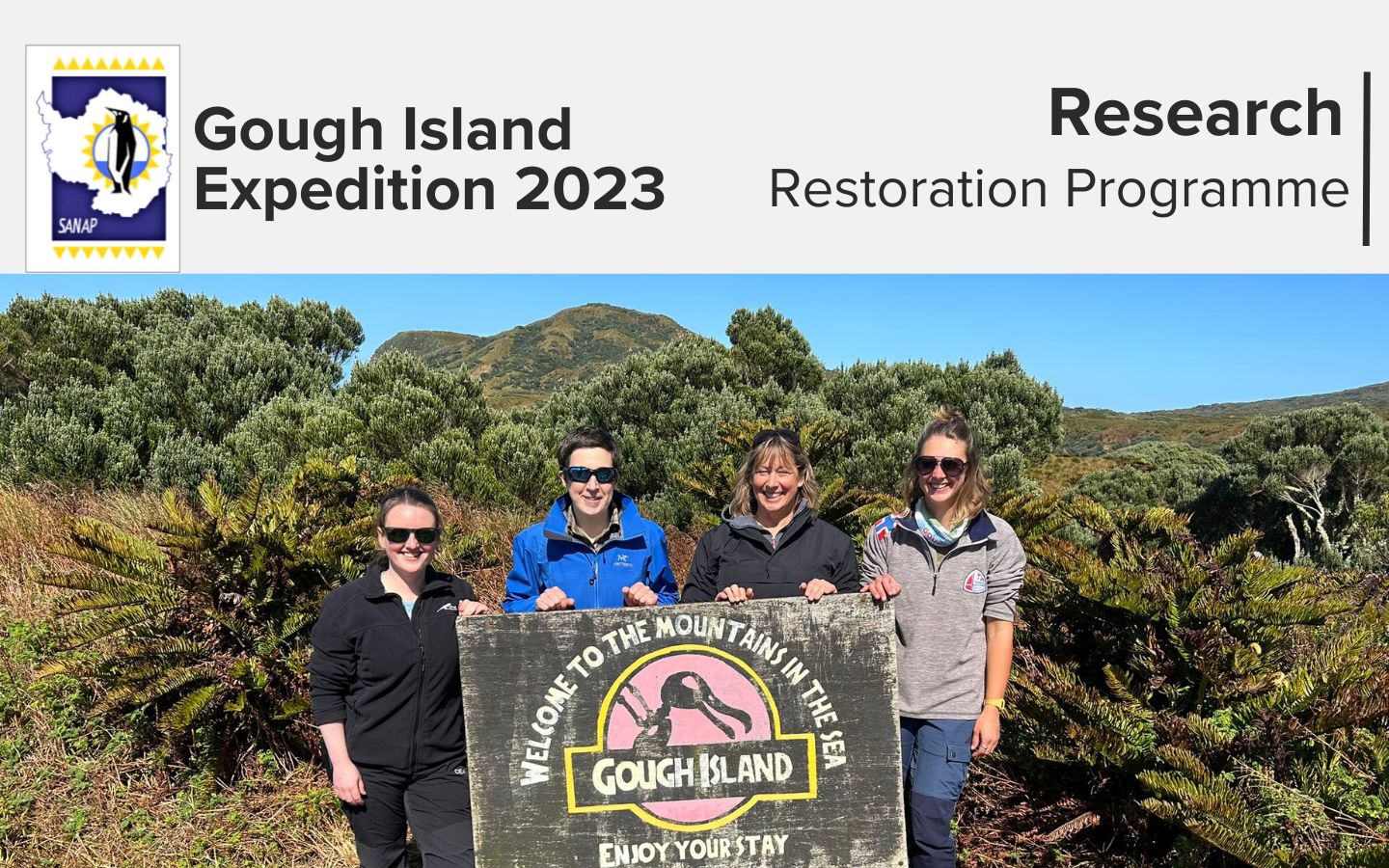
Situated in the South Atlantic Ocean, positioned equidistantly between South Africa and South America, lies a highly significant breeding ground for seabirds known as Gough Island. This remote island serves as the breeding habitat for 24 distinct avian species, many of which are found nowhere else on the planet. Regrettably, the avian inhabitants now share their home with an invasive species, specifically the house mouse. These non-native mice, introduced to the island by human activity, are causing severe harm to the island’s native wildlife, including plants and animals that have thrived there for millennia. The mice’s voracious appetite leads to the consumption of over two million seabird eggs and chicks annually, driving certain species perilously close to extinction.
In an effort to safeguard the birds, the Gough Island Restoration Programme was launched with the aim of eradicating the mice. In 2021, the Gough Island Restoration Programme attempted to eradicate mice from the island in one of the most challenging and logistically complex island eradications ever ventured.
Although the endeavor did not achieve complete success, it significantly reduced the mouse population, providing a respite for the birds. During this period, the avian inhabitants managed to successfully raise numerous chicks.
Scientists continue to monitor the birds and gather valuable information that will hopefully aid in future endeavors to eliminate the mice entirely. Part of this takeover and the overwintering field team’s work programme will relate to follow-up activities to further underpin efforts to restore Gough Island.
| Team | The Royal Society for the Protection of Birds (RSPB) |
| Project Name | The Gough Island Restoration Programme |
| Principal Investigator | Dr Antje Steinfurth |
Field Team Leader
(Gough68 & Gough69) | Dr Lucy Dorman |
| Field Officer (Gough68) | Ms Rebekah Goodwill |
| Field Officer (Gough69) | Ms Hannah Greetham |
More about the work on the island for this takeover:
“During takeover our team is carrying out a census of Tristan Albatrosses and Southern Giant Petrels across the whole island, the so-called round island survey. At this time of year, the Southern Giant Petrels are starting to breed while the Tristan Albatross chicks are about to fledge. The number of fledged Albatross chicks will then be compared to numbers of breeding pairs that were counted at the beginning of the year and so breeding success for this Critically Endangered bird can be calculated (more than 99% of the global population breed exclusively on Gough Island). The round island survey also provides the team with the opportunity to monitor the abundance and distribution of the two landbird species, the Gough Bunting and the Gough moorhen.
This takeover the team will also be taking some soil samples from the upland parts of the island. This is to help monitor the ecosystem in the wake of the mouse eradication attempt”.
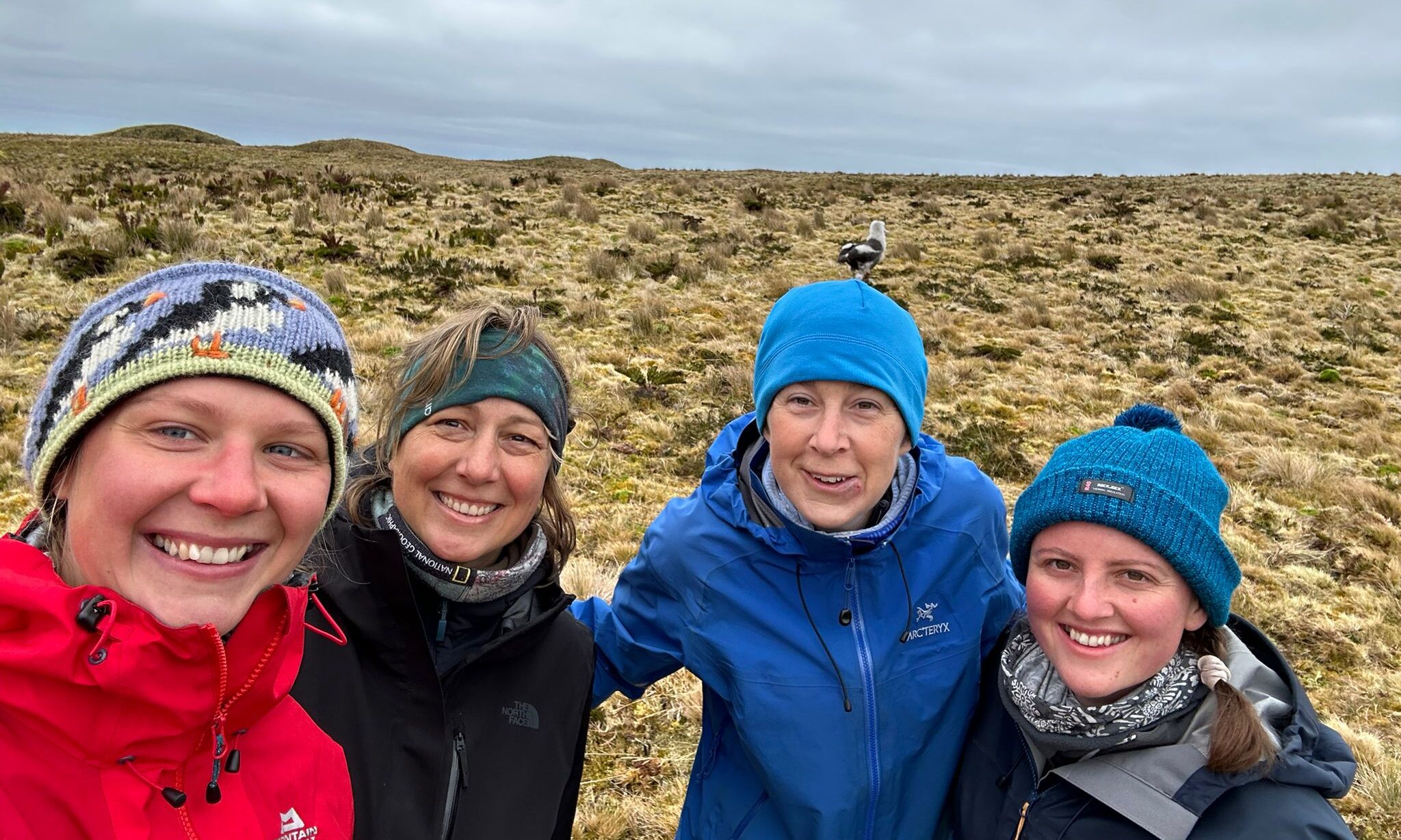
The RSPB Gough Island Restoration Programme takeover team (L-R): Hannah Greetham, Antje Steinfurth, Lucy Dorman and Rebekah Goodwill.
The RSPB overwintering team members’ work:
They will focus on Gough’s bird life, monitoring the breeding success of species, providing estimates of their populations and survival and documenting the impacts of House Mice.
For more information visit about The Gough Island Restoration Programme, click on the link below.
The Gough Island Restoration Programme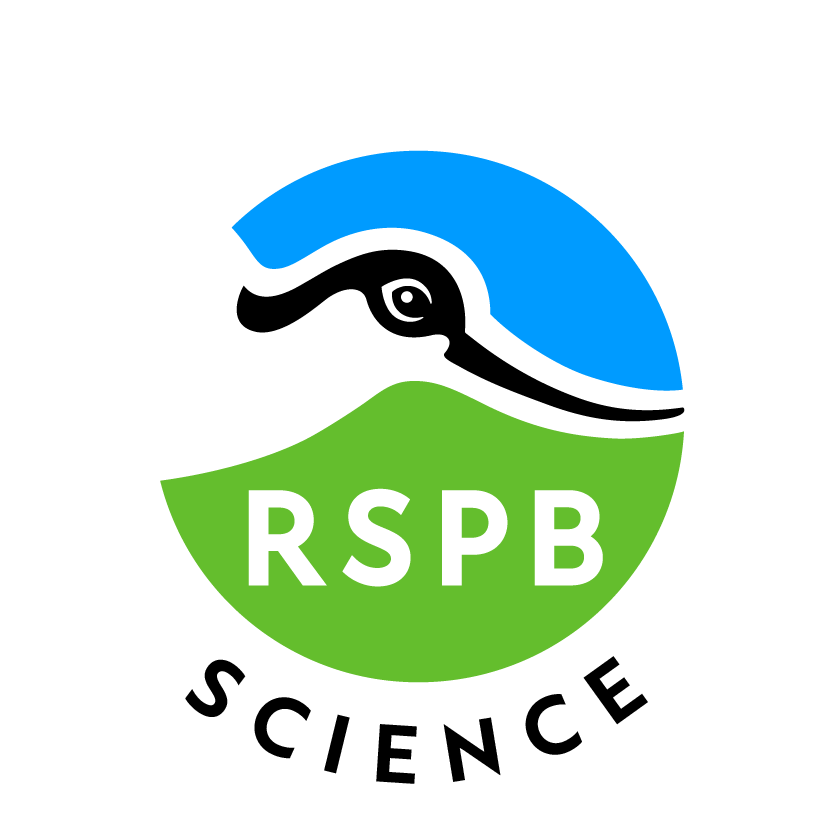 This project is funded by: The Royal Society for the Protection of Birds (RSPB).
This project is funded by: The Royal Society for the Protection of Birds (RSPB).
Project information and images supplied by Dr Antje Steinfurth.
Anche Louw, South African Polar Research Infrastructure, 12 October 2023.
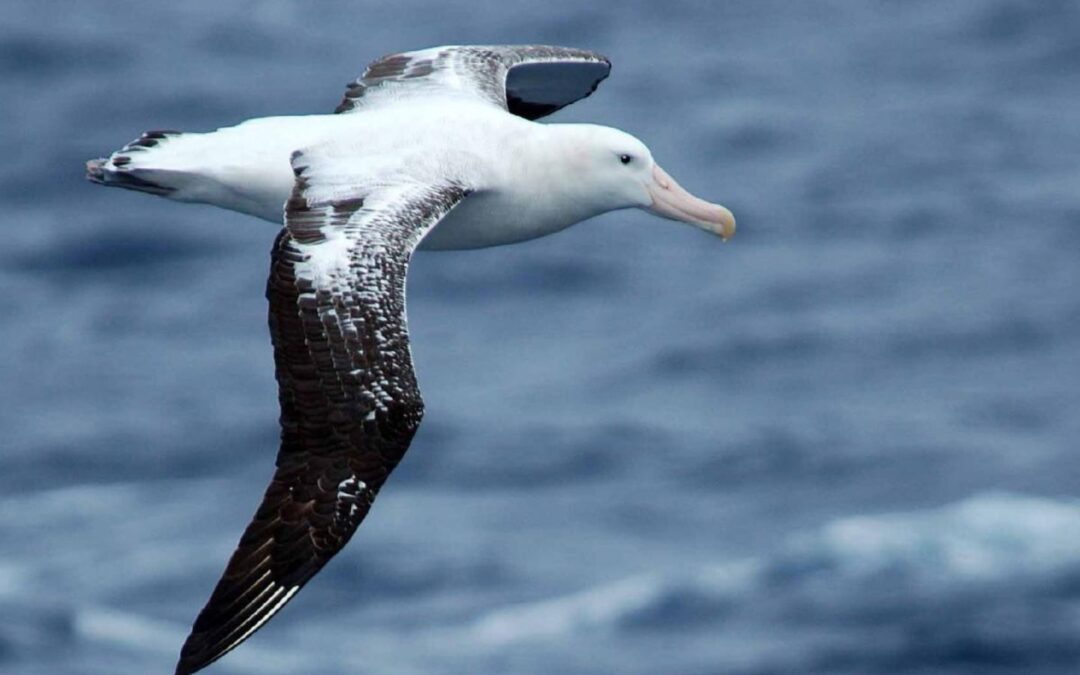
by Rabia Mathakutha | Jun 19, 2023 | Antarctica, Current Event, Environment, Important Dates, International Days, Invasion Biology, Marion Island, Mice Eradication, Research, SANAP, SAPolarRI, SAPRI, Southern Ocean, sub-Antarctic, Uncategorised
On 19th of June, the world comes together to celebrate World Albatross Day, an annual event dedicated to raising awareness about these magnificent seabirds and the conservation challenges they face. World Albatross Day serves as a crucial platform to educate and inspire action to protect these iconic ocean wanderers. With their graceful flight and important ecological role, albatrosses deserve our attention and concerted efforts for their survival.
South Africa is a long-standing Party to the International Agreement on the Conservation of Albatrosses and Petrels (ACAP). The agreement was brought into existence on 1 February 2004. The day also falls on the date of the signing of the Agreement 22 years ago. ACAP has chosen the theme “Plastic Pollution” to mark the fourth World Albatross Day, to be celebrated on 19 June 2023. This follows the inaugural theme “Eradicating Island Pests” in 2020, “Ensuring Albatross-friendly Fisheries” in 2021, and “Climate Change” last year in 2022.
Albatrosses close to home
Multiple species of albatross are found across the Southern Ocean. This includes Antarctic, sub-Antarctic and subtropical waters. These albatrosses breed on sub-Antarctic and Antarctic islands including South Africa’s sub-Antarctic Marion Island. Marion Island holds significant breeding populations of four albatross species – the Wandering Diomedea exulans, Grey-headed, Light-mantled Phoebetria palpebrata and Sooty Phoebetria fusca. In addition to this, two other species of albatrosses have been seen ashore on Marion Island – Black-browed and Indian Yellow-nosed Thalassarche carteri. To read more about the “other” two species of albatrosses recorded from Marion Island as uncovered by one of our researchers Kim Stevens, click here.
The Challenges Facing Albatrosses
Albatrosses face a range of challenges that threaten their survival. One of the most pressing issues is longline fishing, where albatrosses can become accidentally caught on fishing hooks, leading to injury or death. Pollution, habitat destruction, climate change, and invasive species on breeding islands also pose significant risks to their populations. World Albatross Day sheds light on these challenges and promotes measures to mitigate their impact. The pressing threats to Albatrosses in the Southern Ocean include invasive species on breeding islands, most notably, the house mice on Marion Island. Introduced to Marion Island by sealers in the early 19th century, the house mice have been inflicting devastating impacts on the ecology of the island, including killing its native seabirds.
Conservation Efforts and Awareness
The Mouse-Free Marion Project is a registered non-profit company in South Africa, established to eradicate the invasive albatross-killing mice on Marion Island. The project was initiated by BirdLife South Africa and the South African Department of Forestry, Fisheries and the Environment (DFFE). Upon successful completion, the project will restore the critical breeding habitat of over two million seabirds, many globally threatened, and improve the island’s resilience to a warming climate. For more information or to support the project please visit mousefreemarion.org.
May 2023: Barbara Creecy, Minister of Forestry, Fisheries, Forestry and the Environment, confirms government support for the Mouse-Free Marion Project in her budget speech.
What can you do?
In keeping with this year’s theme for World Albatross Day “Plastic Pollution”, as an individual you can participate by reducing plastic pollution, organising or joining local beach cleanups, where you can help remove litter and prevent it from reaching the oceans, including minimising the use of single-use plastics. Education plays a vital role in driving positive change for albatross conservation. Increase your understanding of albatross biology, their unique adaptations, the threats they face, and the ecological importance they hold in marine ecosystems by reading some of these selected publications here. By raising awareness and fostering partnerships, we can work collectively to safeguard albatross populations and their habitats.
Let us unite in our efforts to protect these majestic ocean wanderers and ensure a future where albatrosses continue to grace our oceans for generations to come.
YOU CAN HELP SAVE MARION ISLAND’S SEABIRDS
Images: The Mouse-Free Marion Project (text added to MFM poster) and Antarctic Legacy of South Africa (ALSA)
Rabia Mathakutha, South African Polar Research Infrastructure (SAPRI DPS Node), 19 June 2023
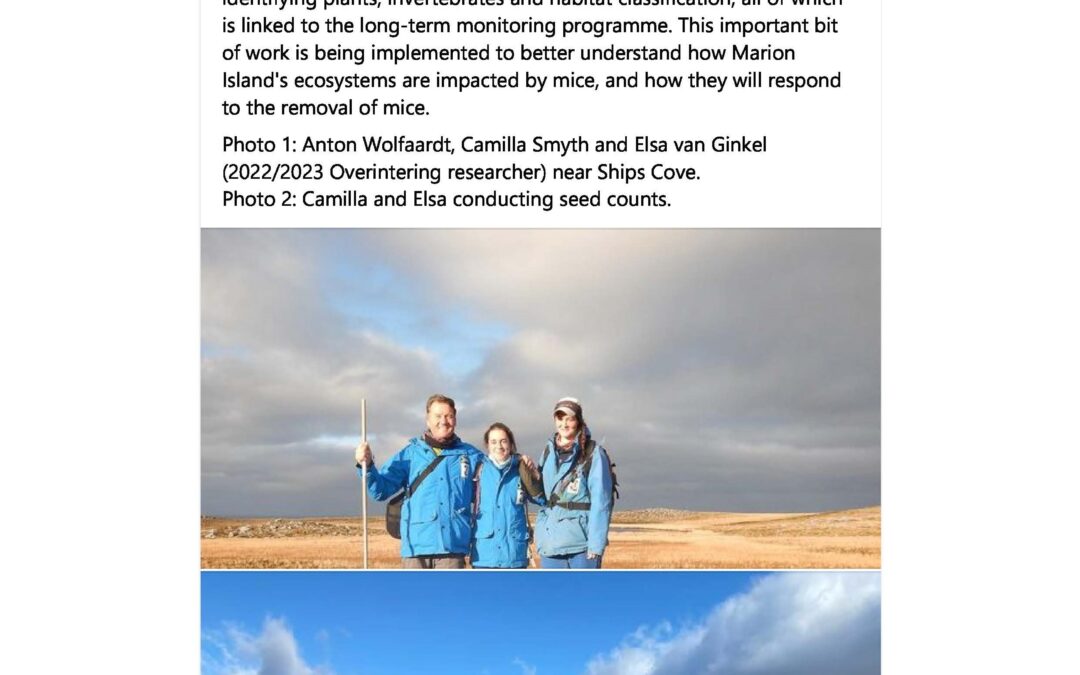
by Ria Olivier | May 5, 2023 | Invasion Biology, Marion Island, Mice Eradication, News, Prince Edward Islands, Research, SA Agulhas II, SANAP, Southern Ocean, Stations, sub-Antarctic, Team member
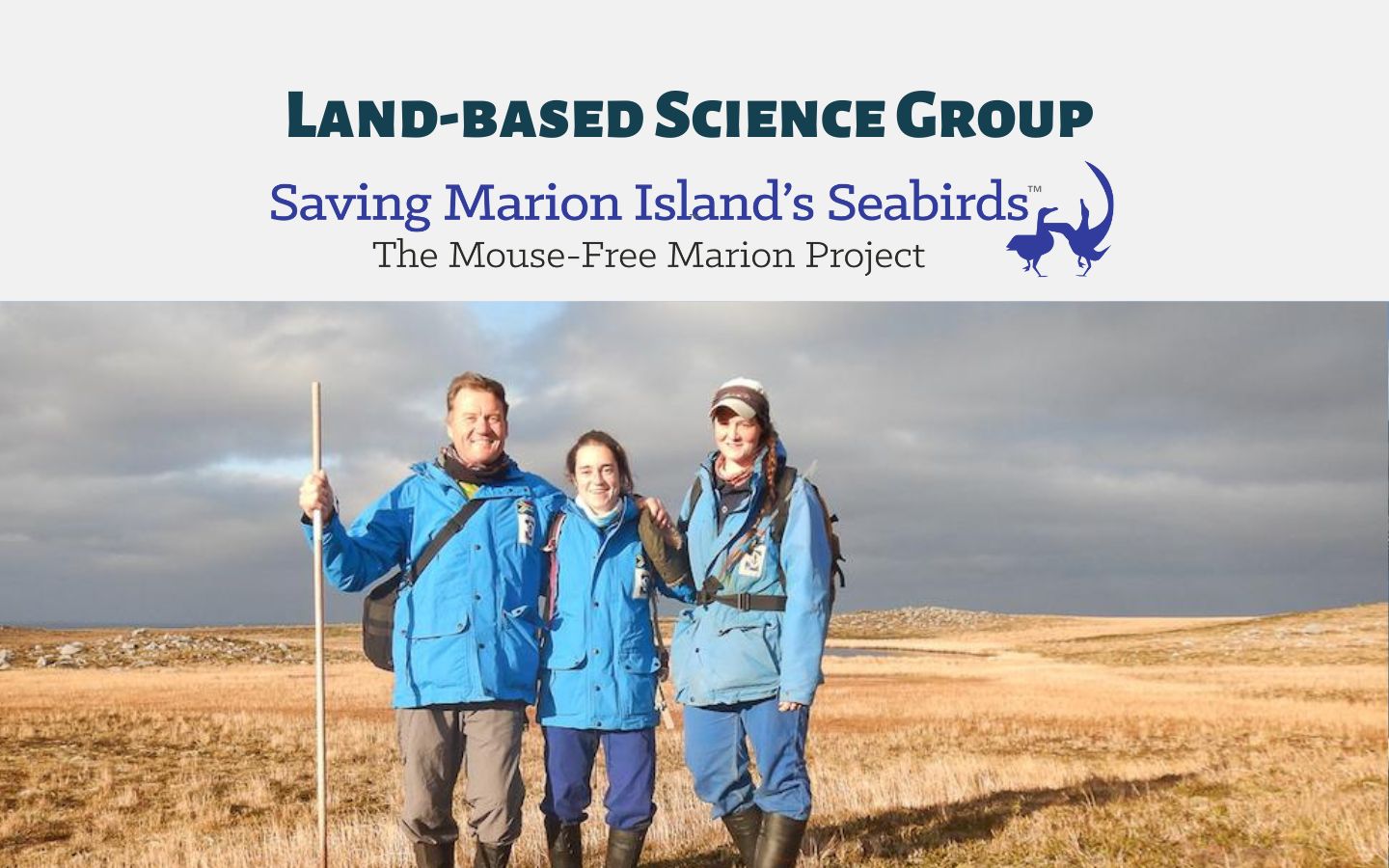
| TEAM | Mouse-Free Marion |
| Project Name | Longitudinal monitoring of terrestrial diversity to assess the effects of the planned mouse eradication on Marion Island, and bait and mouse trials to inform further planning for the Mouse-Free Marion Project |
| Project Manager | Dr Anton Wolfaardt |
| Collaborator | Prof. Michelle Greve |
| M79 Field Assistant | Elsa van Ginkel |
| M80 Field Assistant | Camilla Smyth |
The Mouse-Free Marion Project is a partnership between the Department of Forestry Fisheries and the Environment (DFFE) and BirdLife South Africa, working towards an operation to eradicate invasive mice from Marion Island.
The mice, which were introduced accidentally some 200 years ago, have caused great harm to the ecology of Marion Island. They feed on indigenous invertebrates, damage vegetation, and have more recently started eating seabird chicks. As a result, the mice are considered to be a major pest to the island. If they are not removed, the ecosystem of the island will continue to deteriorate, and they will likely cause most of the seabirds on the island to become locally extinct. These seabirds will be lost to the island forever.
In order to monitor how the island recovers after the mice have been removed, we are collecting data on aspects of the island that we expect to improve once the mice are gone. These include the vegetation and invertebrates. Colleagues working on other projects are collecting similar data on seabirds.
The reason why it is important to collect this data before the eradication operation is so that we can compare and monitor how the island changes (improves) as a result of the eradication operation – comparing the island’s vegetation and invertebrate features before and after the operation.
More about your plans for this takeover?
The project will make use of data that have already been collected over many years, primarily through the various long-term monitoring projects that have been undertaken at Marion Island over many years. The focus of our work currently is to fill some pre-eradication (baseline) data on vegetation and invertebrates. This particular work was initiated during the 2022/23 period, and will continue in 2023/24. The takeover period will be used to provide training and orientation to the new Marion80 overwintering team member (Camilla Smyth) and for the current Marion79 Mouse-Free Marion overwintering team member (Elsa van Ginkel) to hand over the field-work responsibilities to Camilla.
The work includes standard invertebrate and vegetation survey techniques to establish a baseline that can be used to monitor how these ecological parameters change following the eradication of invasive mice. These surveys will repeat and build on historical surveys that have been undertaken on the island previously.
We will also be undertaking further bait trials and weather monitoring to help inform the planning of the baiting operation.
Latest takeover update from the island (on 26 April 2023)
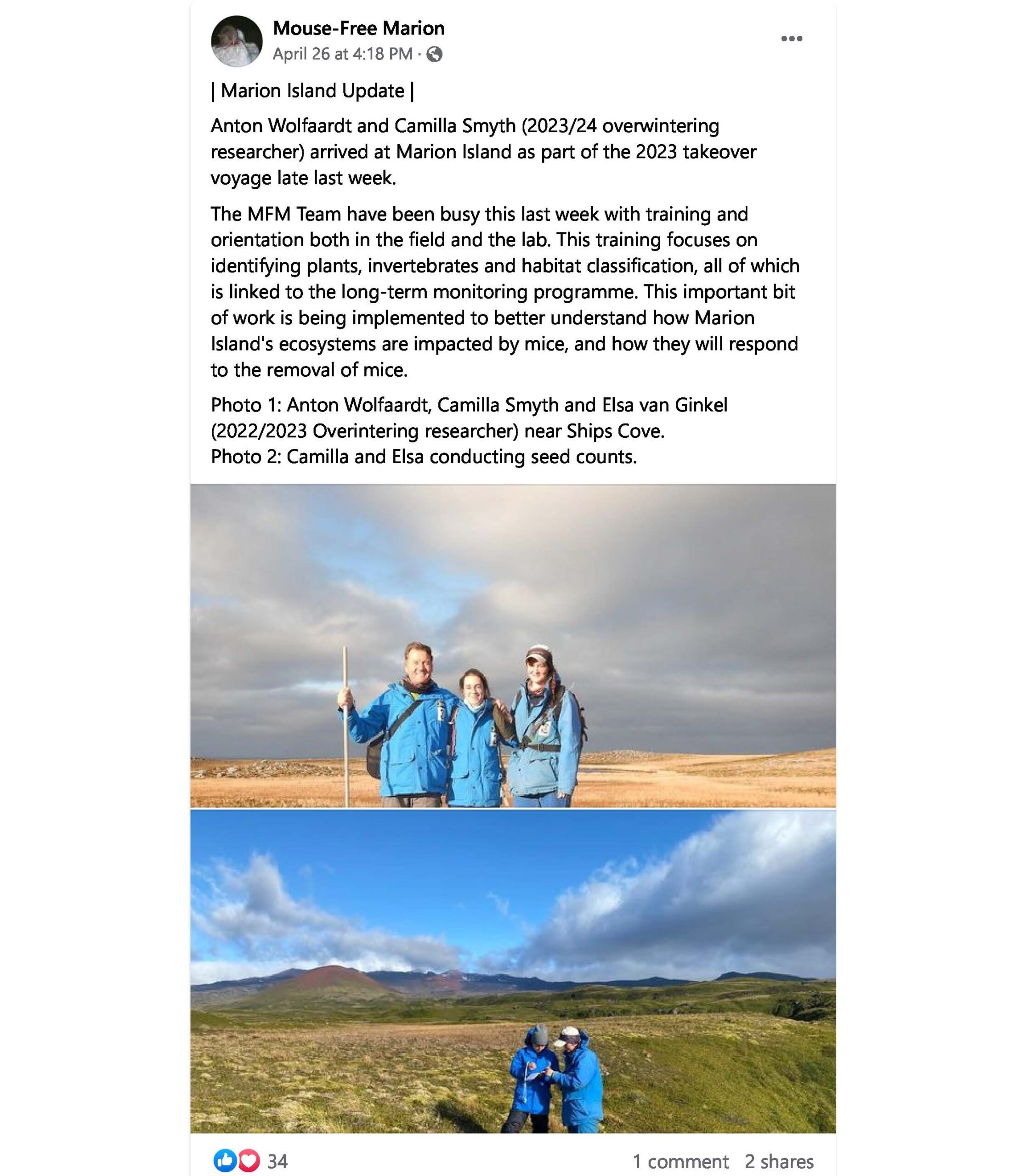
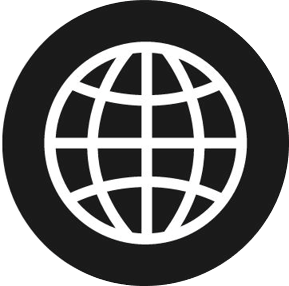
Check out the Mouse-Free Marion Website!
Follow MFM on social media for the latest updates:

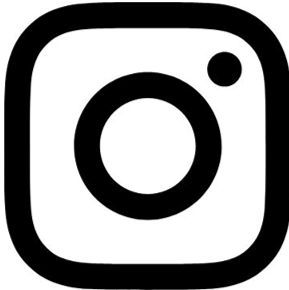
Text and images supplied by Dr Anton Wolfaardt.
Featured image: The MFM takeover 2023 team. L-R: Dr Anton Wolfaardt (MFM Project Manager), Camilla Smyth (M80 MFM Field Assistant) and Elsa van Ginkel (M79 MFM Field Assistant). Photo taken on Marion Island, April 2023.
Anche Louw, South African Polar Research Infrastructure (SAPRI DPS Node), 05 May 2023
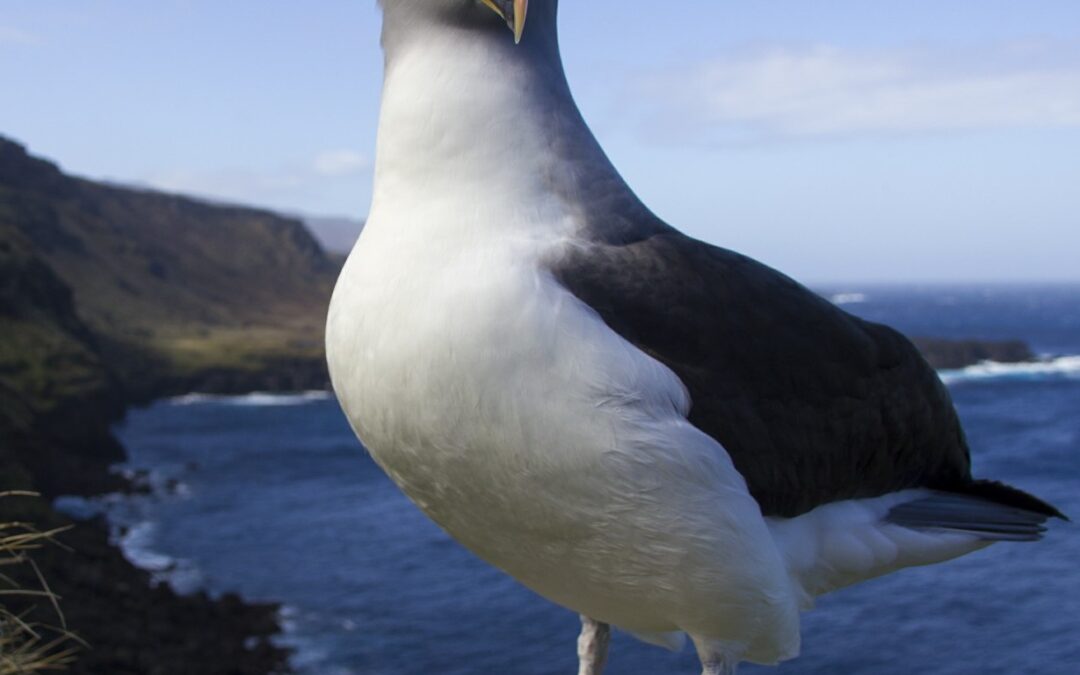
by Ria Olivier | Jul 5, 2021 | Biosecurity, Environment, Invasion Biology, Marion Island, Mice Eradication, Research, Science
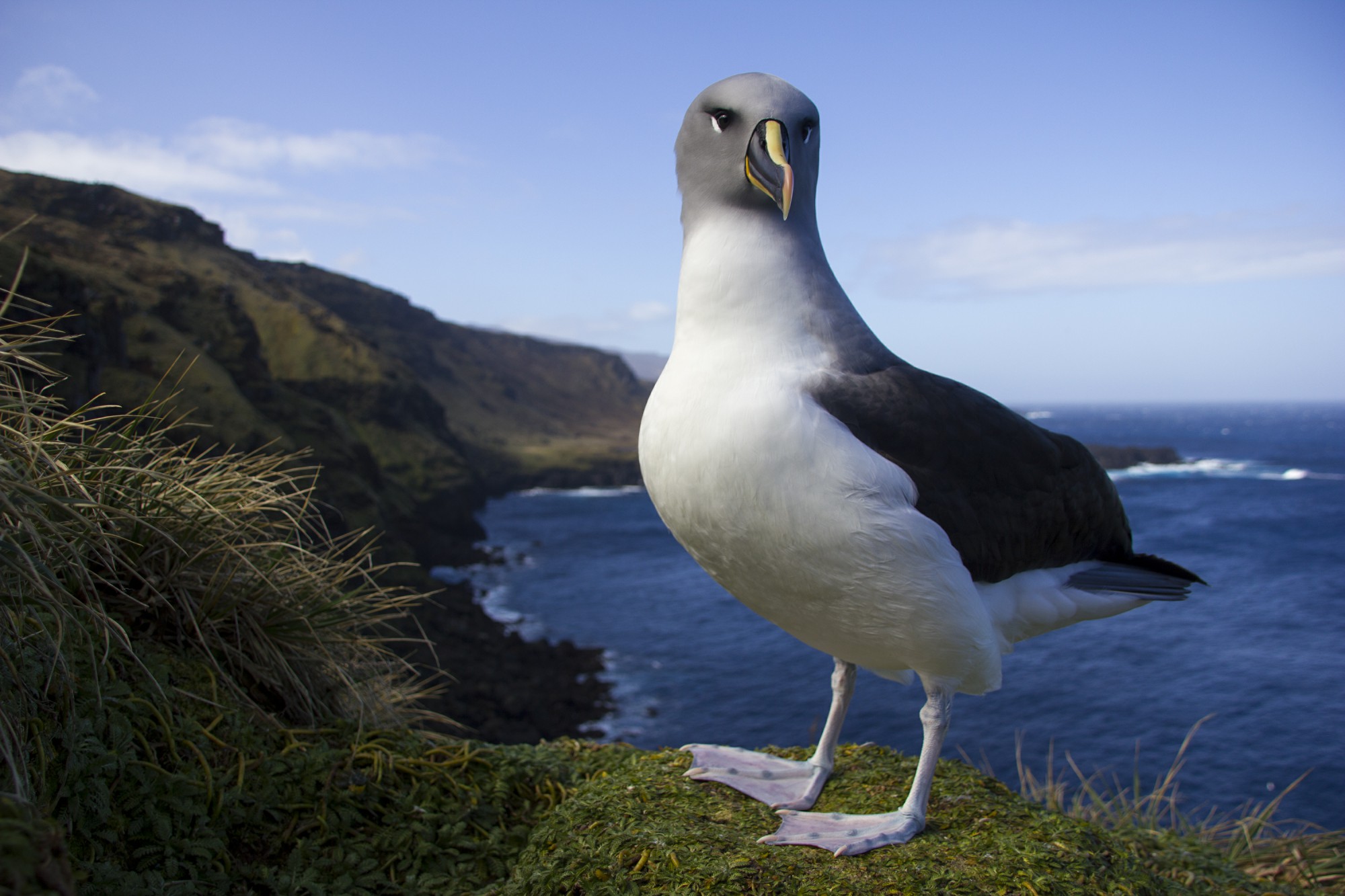

 Marion Island (29 000 hectares) and Prince Edward (4500 hectares), collectively known as the Prince Edward Islands (PEIs) were annexed by South Africa in December 1947 and January 1948, respectively. Since then, South Africa has maintained a research and weather station on Marion Island, Prince Edward remains uninhabited. The PEIs were declared a Special Nature Reserve in 1995, a Ramsar Wetland Site of International Importance in 2007 and the surrounding waters a Marine Protected Area in 2009. The islands, governed by a suite of national environmental legislation under the Prince Edward Islands Management Plan (which includes a plan for the control and eradication of invasive alien species), are managed by the Oceans and Coasts Branch of the Department of Forestry, Fisheries and the Environment (DFFE) as the designated Management Authority under the National Environmental Management Protected Areas Act 57 of 2003.
Marion Island (29 000 hectares) and Prince Edward (4500 hectares), collectively known as the Prince Edward Islands (PEIs) were annexed by South Africa in December 1947 and January 1948, respectively. Since then, South Africa has maintained a research and weather station on Marion Island, Prince Edward remains uninhabited. The PEIs were declared a Special Nature Reserve in 1995, a Ramsar Wetland Site of International Importance in 2007 and the surrounding waters a Marine Protected Area in 2009. The islands, governed by a suite of national environmental legislation under the Prince Edward Islands Management Plan (which includes a plan for the control and eradication of invasive alien species), are managed by the Oceans and Coasts Branch of the Department of Forestry, Fisheries and the Environment (DFFE) as the designated Management Authority under the National Environmental Management Protected Areas Act 57 of 2003.
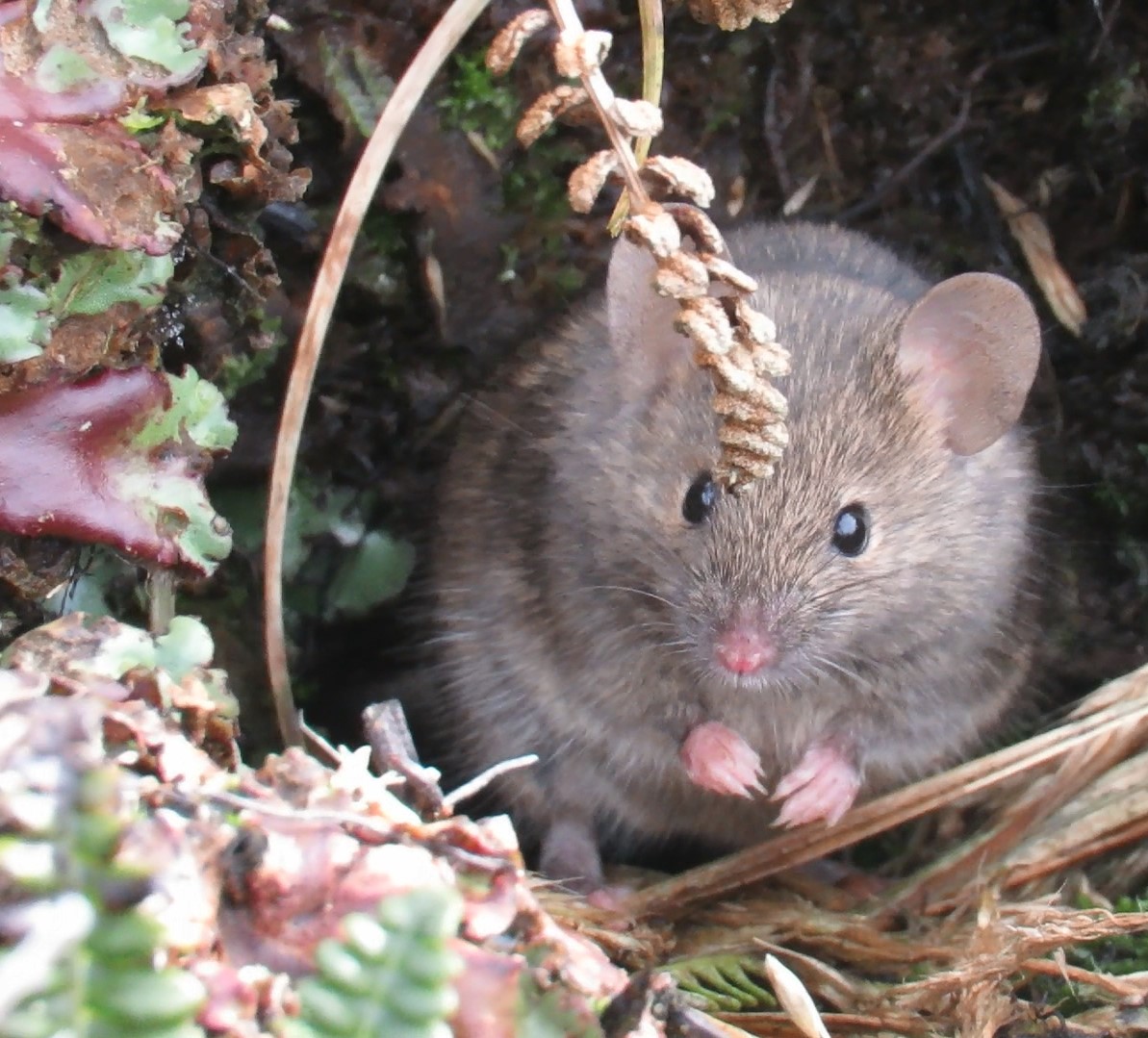
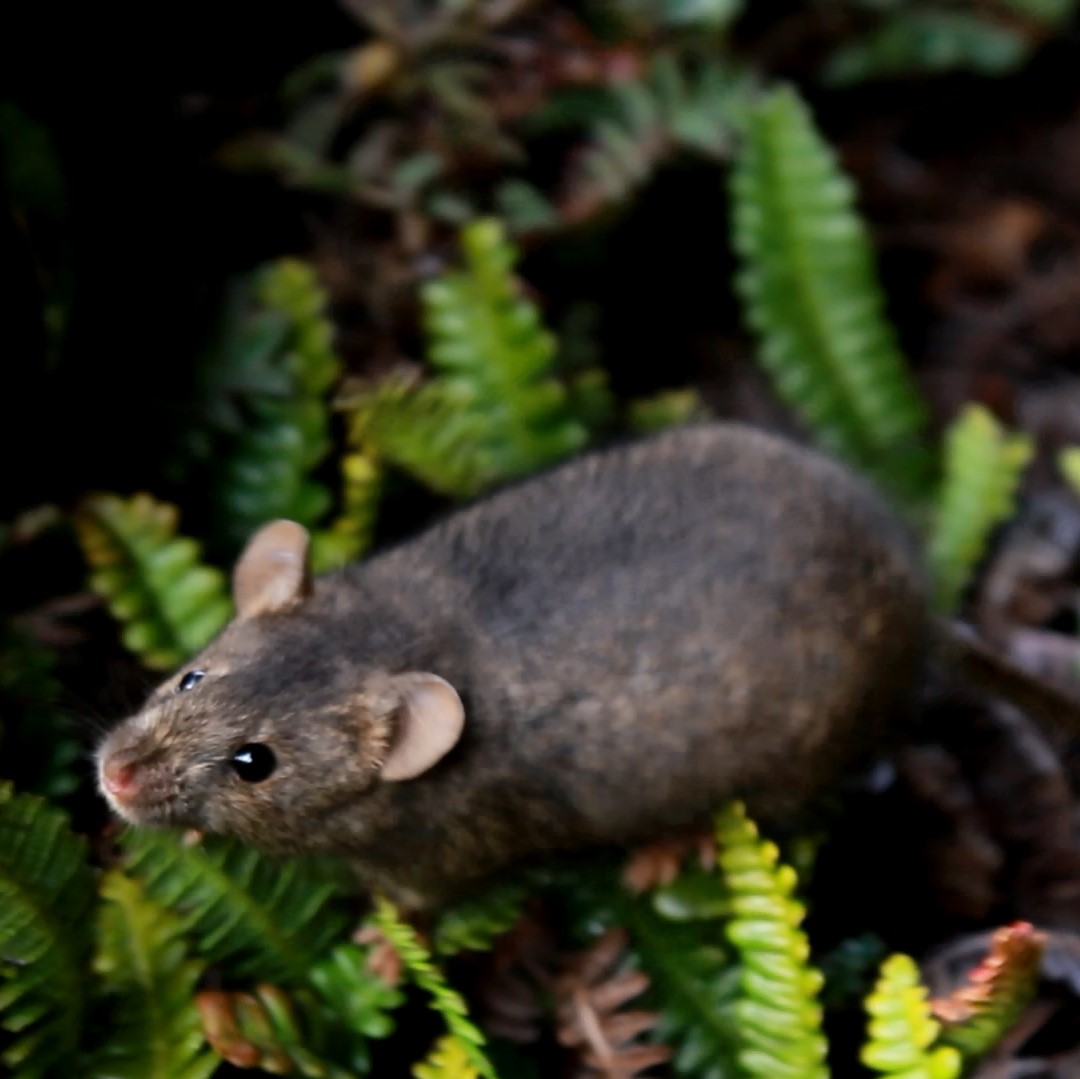
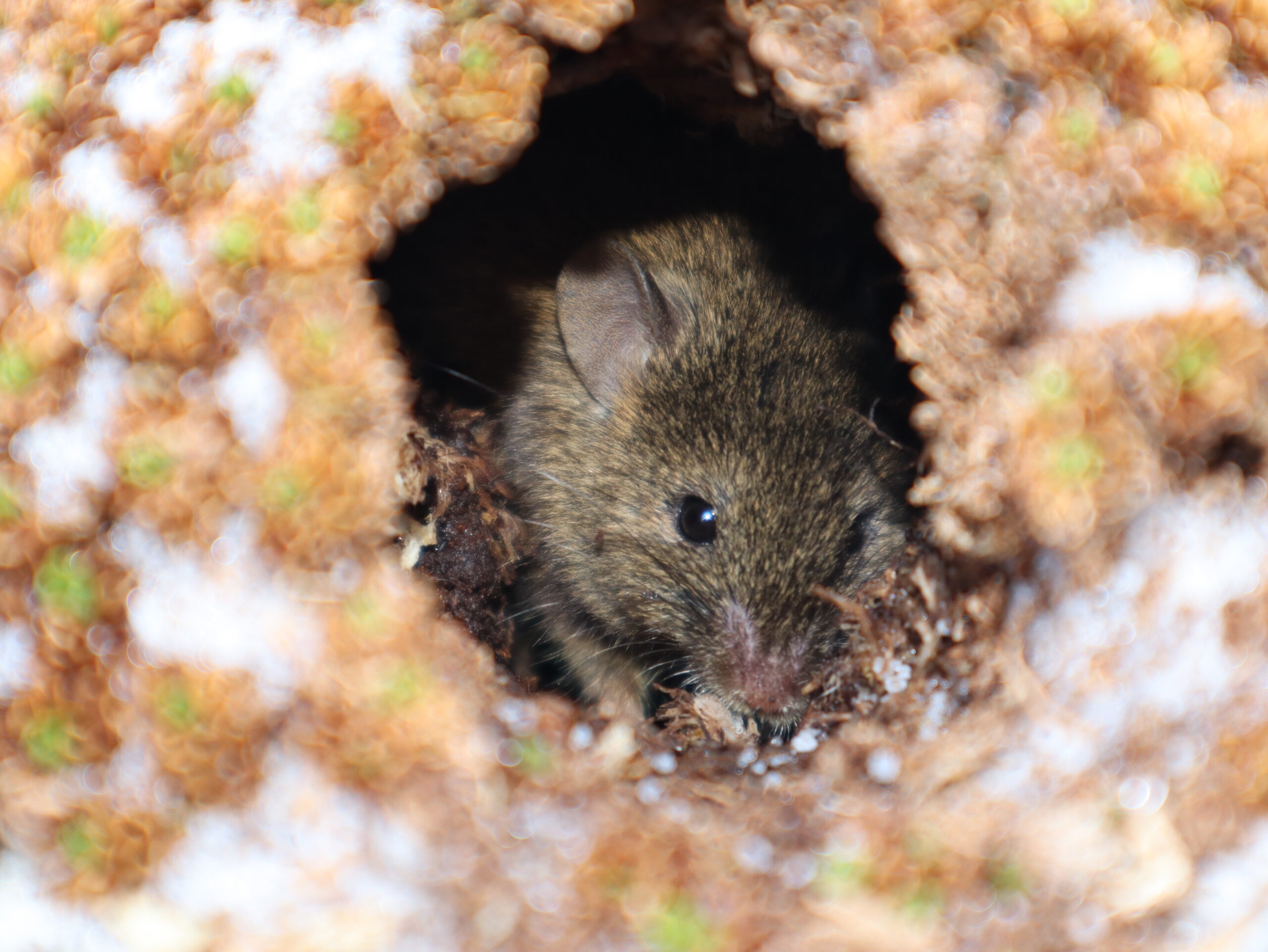 The House Mouse Mus musculus (Photo Credit: Stefan Schoombie), inadvertently introduced to Marion Island by sealers in the early 1800s, successfully established on the island. With the human occupation of the island in 1948, four cats were brought to the island to control the mice in and around the station. However, these cats bred on the island, with their offspring becoming feral, and by the 1970s the population had increased to about 2000 individuals that were killing some 450 000 birds per year, mostly chicks of burrow-nesting species.
The House Mouse Mus musculus (Photo Credit: Stefan Schoombie), inadvertently introduced to Marion Island by sealers in the early 1800s, successfully established on the island. With the human occupation of the island in 1948, four cats were brought to the island to control the mice in and around the station. However, these cats bred on the island, with their offspring becoming feral, and by the 1970s the population had increased to about 2000 individuals that were killing some 450 000 birds per year, mostly chicks of burrow-nesting species.
 With South Africa’s successful eradication of the cats in 1991 (confirmed in 1992), until recently the largest island upon which this has been achieved, the mice continued to thrive and over the years have had devastating effects on Marion’s fragile ecosystem by negatively affecting invertebrate densities, impacting on the vegetation by consuming seed loads and preying upon the chicks of burrowing petrels (since the 1980s) and surface-breeding albatrosses (since 2003), with ‘scalpings’ occurring from 2009 and attacks on adult birds recorded more recently in 2019. (Image Credit: FitzPatrick Institute)
With South Africa’s successful eradication of the cats in 1991 (confirmed in 1992), until recently the largest island upon which this has been achieved, the mice continued to thrive and over the years have had devastating effects on Marion’s fragile ecosystem by negatively affecting invertebrate densities, impacting on the vegetation by consuming seed loads and preying upon the chicks of burrowing petrels (since the 1980s) and surface-breeding albatrosses (since 2003), with ‘scalpings’ occurring from 2009 and attacks on adult birds recorded more recently in 2019. (Image Credit: FitzPatrick Institute)
Marion Island supports some 25% of the world’s breeding population of Wandering Diomedea exulans, 12% of Sooty Phoebetria fusca and 7% of Grey-headed Thalassarche chrysostoma Albatrosses and smaller percentages of Light-mantled Albatrosses P. palpebrata and Grey Petrels Procellaria cinerea. It is clear something needs to be done or the severe impact of the mice could result in critical impacts on global populations and in the extirpation of up to 18 of the 27 bird species found on Marion within the next 30 to 100 years. (below l-r: Wandering Albatross, Sooty Albatross and chick, Grey-headed Albatross and chick. (Photo Credit: Stefan Schoombie)
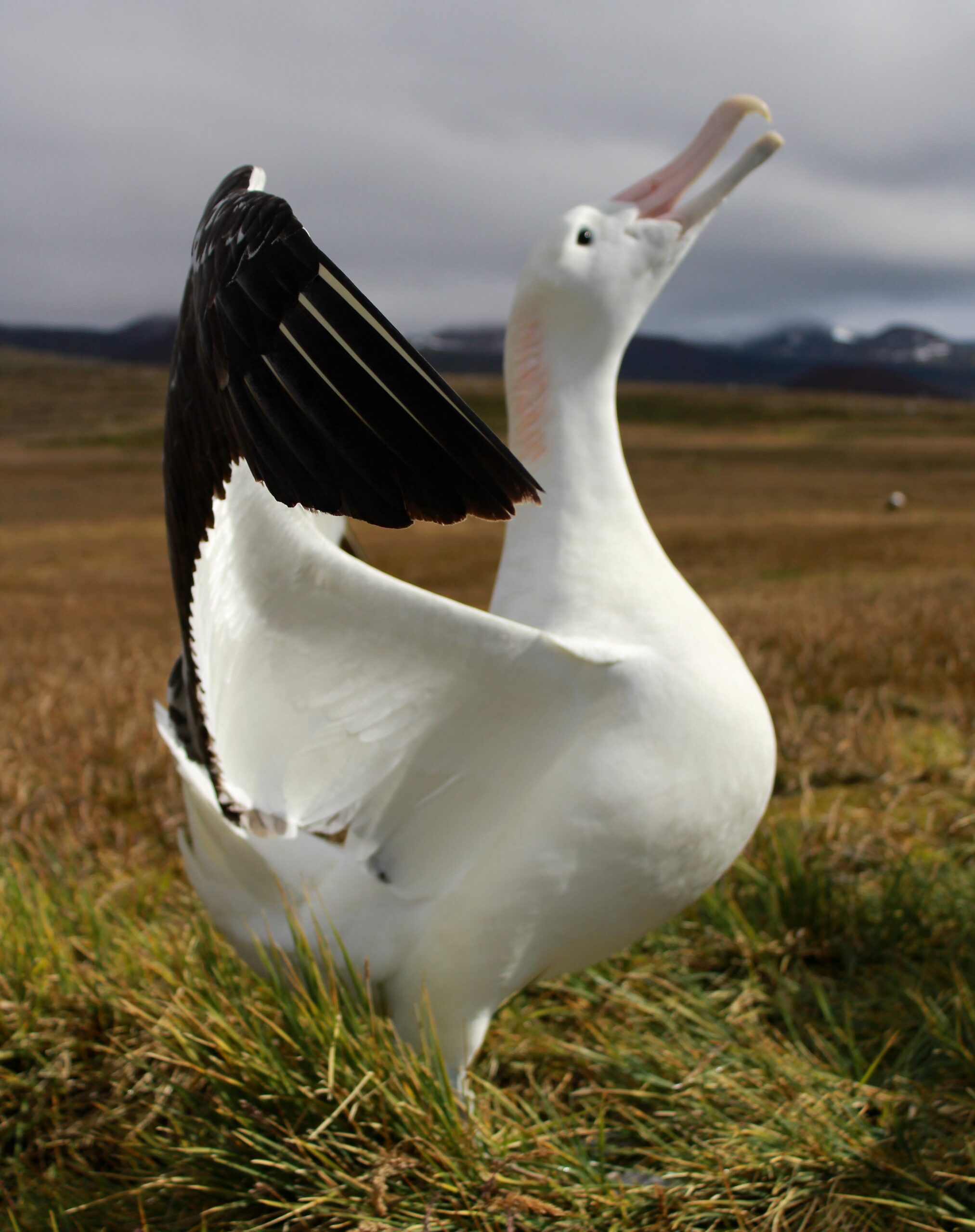
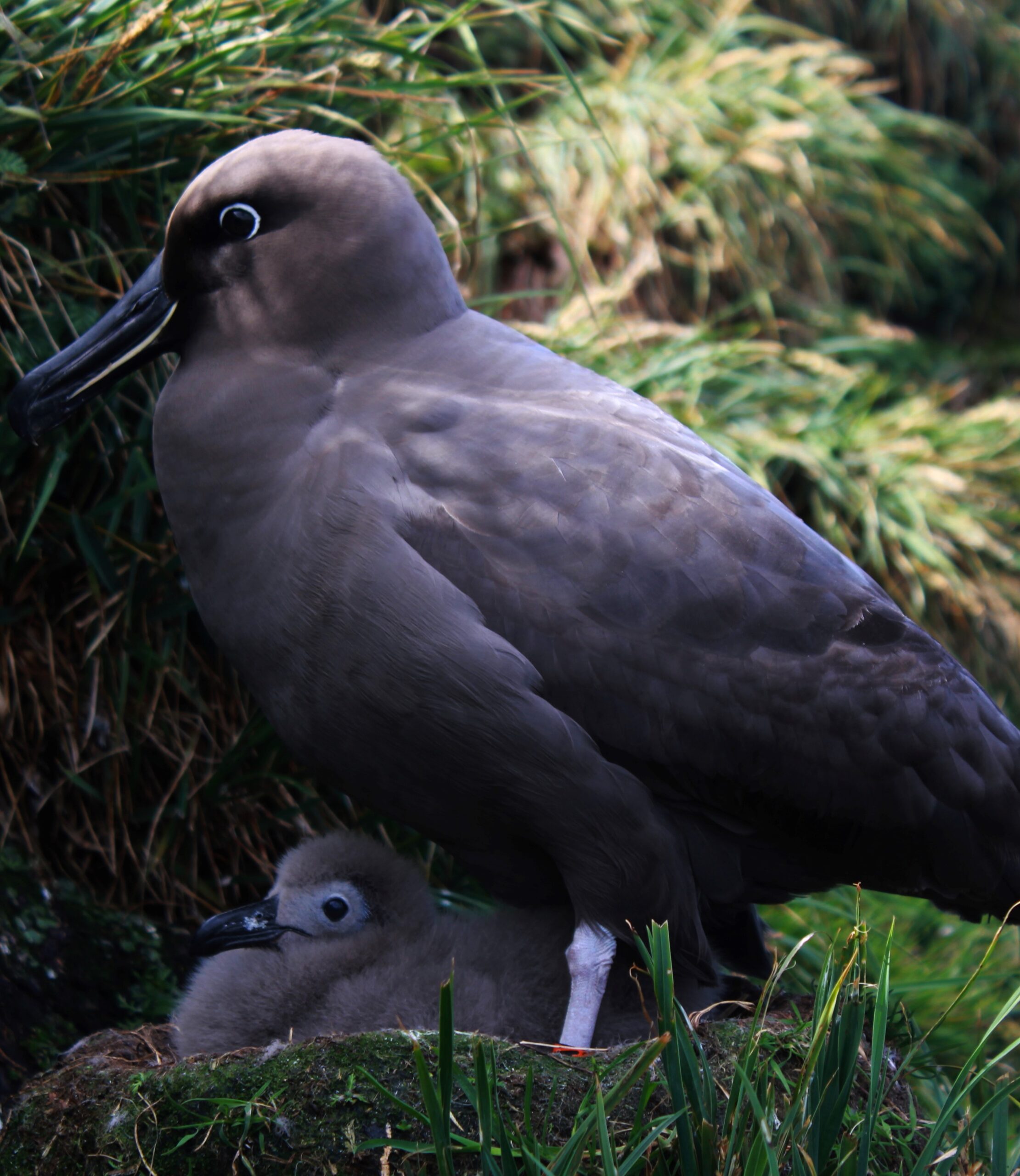
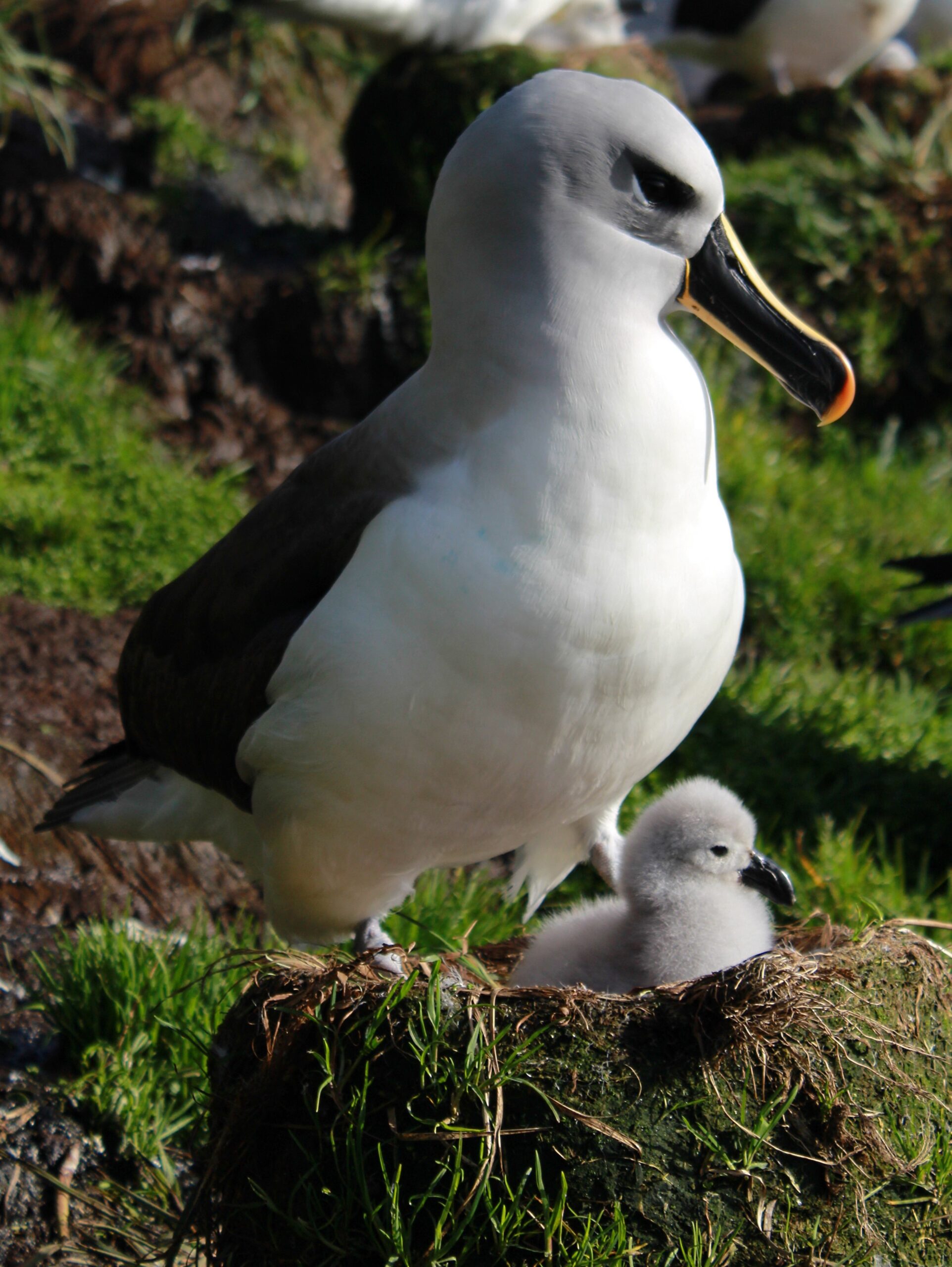
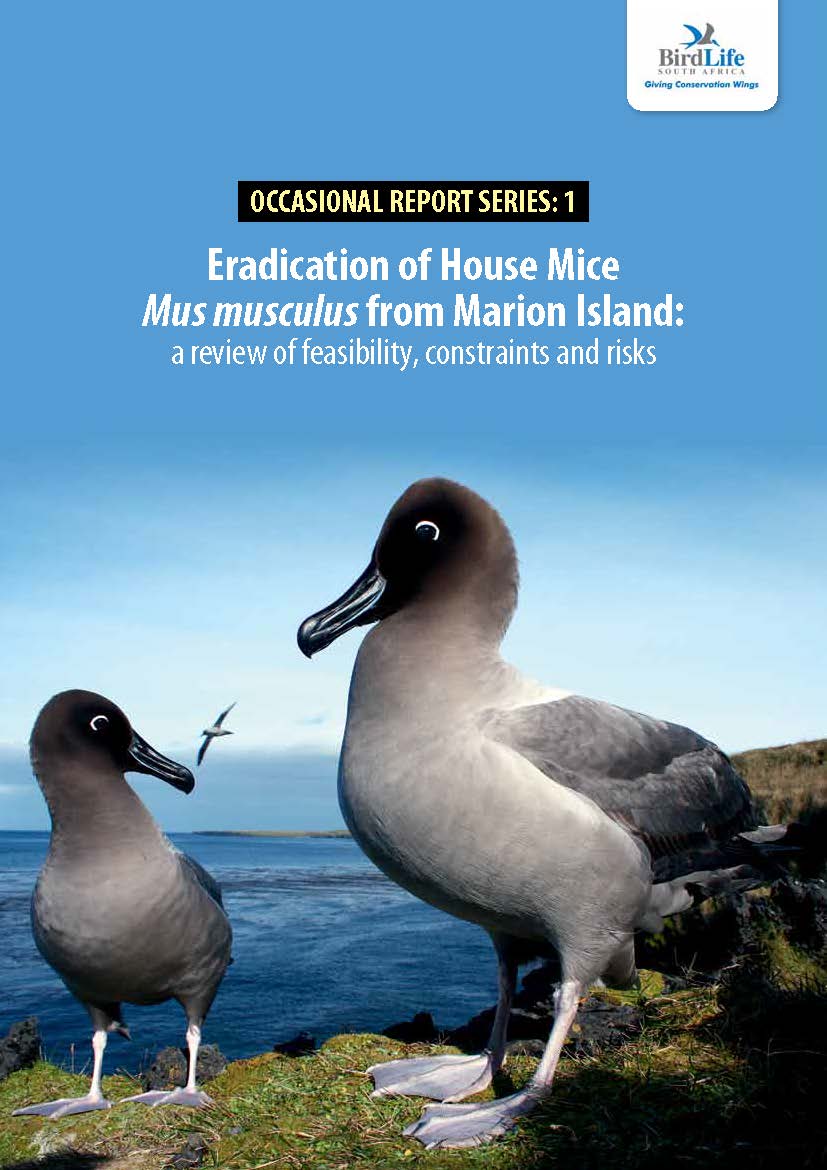 In what would later become a partnership with DFFE, a Feasibility Study and Risk Assessment, undertaken in 2016 by John Parkes on behalf of BirdLife South Africa (BLSA), indicated that eradication was indeed possible. Also funded by BLSA, Draft Project and Operational Plans to eradicate mice on Marion Island were subsequently developed in 2018 by New Zealand eradication expert, Keith Springer, following an island visit. DFFE has been working closely with the UK’s Royal Society for the Protection of Birds (RSPB) over the last few years in support of the Gough Island Restoration Programme (GIRP) which aims to eradicate House Mice on Gough during June to September 2021. For more information and the latest updates on the GIRP, please visit: https://www.goughisland.com
In what would later become a partnership with DFFE, a Feasibility Study and Risk Assessment, undertaken in 2016 by John Parkes on behalf of BirdLife South Africa (BLSA), indicated that eradication was indeed possible. Also funded by BLSA, Draft Project and Operational Plans to eradicate mice on Marion Island were subsequently developed in 2018 by New Zealand eradication expert, Keith Springer, following an island visit. DFFE has been working closely with the UK’s Royal Society for the Protection of Birds (RSPB) over the last few years in support of the Gough Island Restoration Programme (GIRP) which aims to eradicate House Mice on Gough during June to September 2021. For more information and the latest updates on the GIRP, please visit: https://www.goughisland.com
On 12 May 2020, a Memorandum of Understanding (MoU) for the Mouse-Free Marion (MFM) Project was signed between DFFE and BLSA. Subsequently, a MFM Management Committee was established to initiate the development of the project and the two MoU partners are now working closely, together with various experts and institutions (including those involved with successful operations on other islands), on the detailed planning on all operational aspects required for the execution of this complex and costly project.

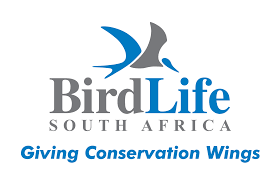
The MFM Project will make use of internationally agreed best-practice approaches to eradicate mice from the island. The Feasibility Study and draft Project and Operational Plans highlight that the only methodology offering any chance of success on an island of the size and topography of Marion Island is aerial spreading of bait containing a rodenticide with a proven capacity to eradicate mice.  The systematic aerial sowing of bait will be conducted by GPS-guided helicopters with underslung bait buckets to ensure every single mouse territory is covered. The aerial baiting will be complemented by hand-baiting approaches in and around the base and other infrastructure on the island. If a single pregnant female is not targeted, it could result in the failure of the entire operation, but if it works, Marion Island will be by far the largest island in the world from which House Mice have successfully been eradicated.
The systematic aerial sowing of bait will be conducted by GPS-guided helicopters with underslung bait buckets to ensure every single mouse territory is covered. The aerial baiting will be complemented by hand-baiting approaches in and around the base and other infrastructure on the island. If a single pregnant female is not targeted, it could result in the failure of the entire operation, but if it works, Marion Island will be by far the largest island in the world from which House Mice have successfully been eradicated.
Time window trade-offs have been assessed and it has been determined that winter (April/May – August/September) is the optimal period in which to implement an eradication operation. This is the non-breeding period for mice at Marion, when their population size is low and natural food resources are minimal, rendering bait more attractive. A winter-baiting operation also reduces the risks to non-target seabird species on the island, as many are not resident on the island during the winter months.
Currently, the eradication exercise is planned for the austral winter of 2023 and, to review and update the Project and Operational Plans, a Project Manager (Dr Anton Wolfaardt – photo left) and an Operations Manager (Mr Keith Springer – photo right) have been appointed.
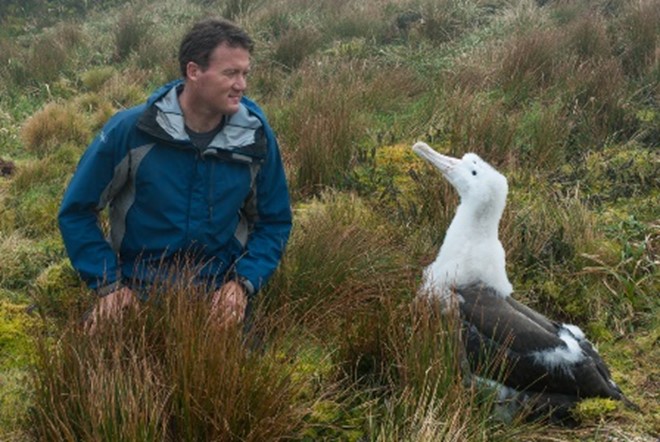
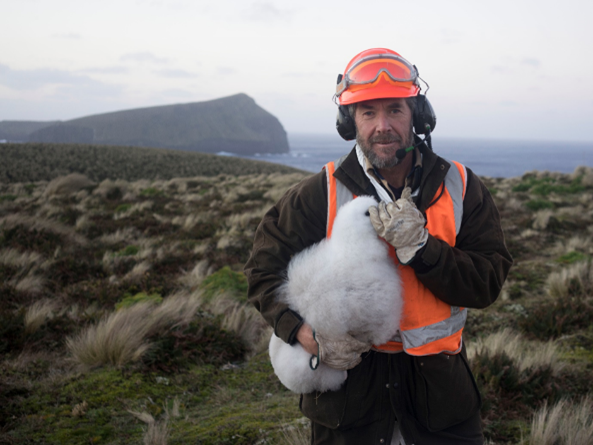
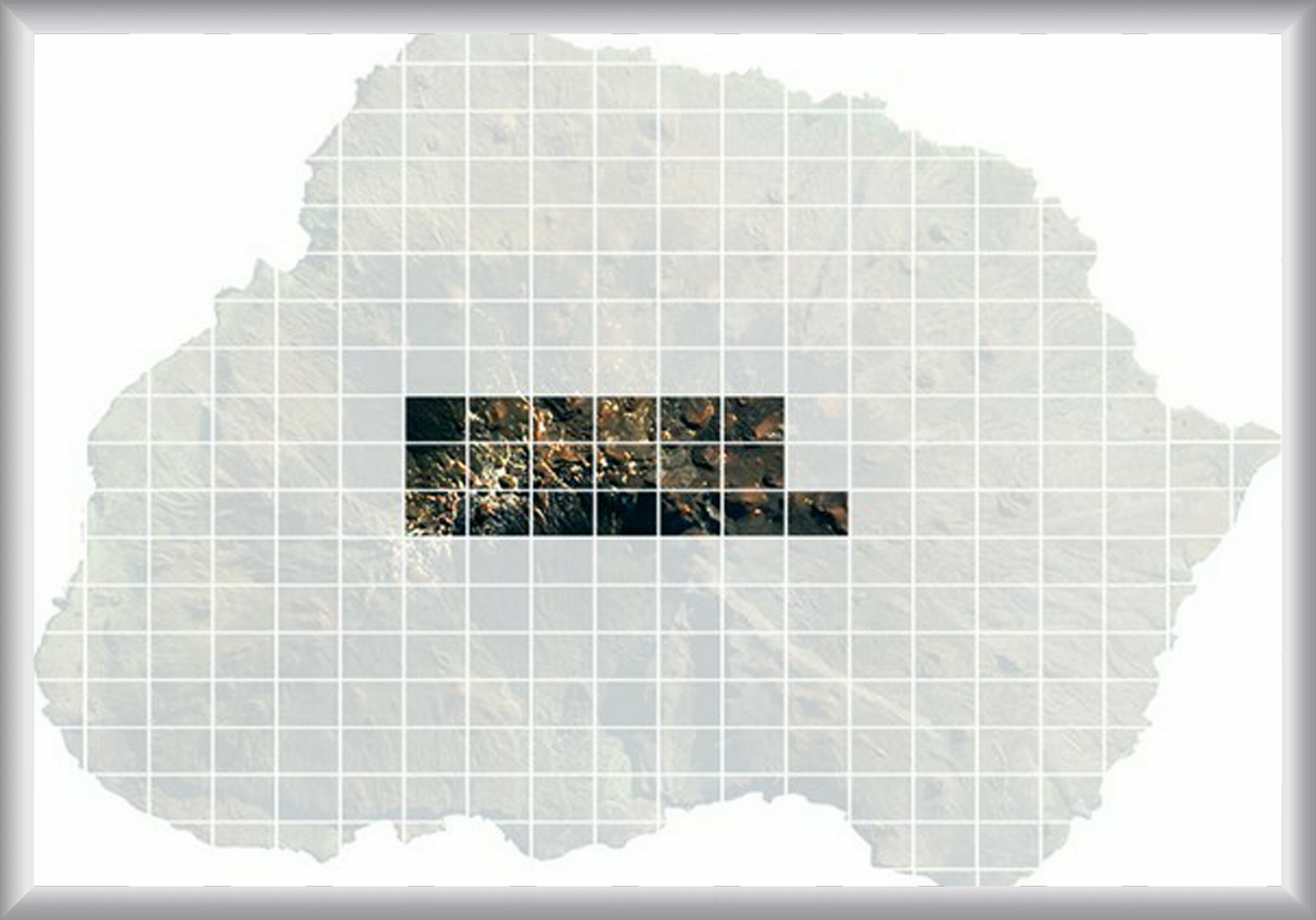 A project of this nature requires substantial funding. To date, funds provided and committed are comprised largely of donations, government funding and crowd sourcing to save Marion Island’s seabirds. For more information and the latest updates on the MFM Project, as well as to ‘Sponsor a Hectare’ (which is currently standing at just over R2 million), please visit http://www.mousefreemarion.org.za
A project of this nature requires substantial funding. To date, funds provided and committed are comprised largely of donations, government funding and crowd sourcing to save Marion Island’s seabirds. For more information and the latest updates on the MFM Project, as well as to ‘Sponsor a Hectare’ (which is currently standing at just over R2 million), please visit http://www.mousefreemarion.org.za
Text compiled by Carol Jacobs - Directorate: Biosecurity (DFFE)
Images from Marion Mouse Free Project, Stefan Schoombie,
FitzPatrick Institute and Antarctic Legacy of South Africa digital archive.
Cover Image: Otto Whitehead
,

by Ria Olivier | Apr 12, 2021 | Announcement, Environment, Invasion Biology, Marion Island, Mice Eradication


Do you want to be involved in this project or just want to be informed? The project’s webpage and social pages will keep you up to date and the SANAP and ALSA website will post on the activities.
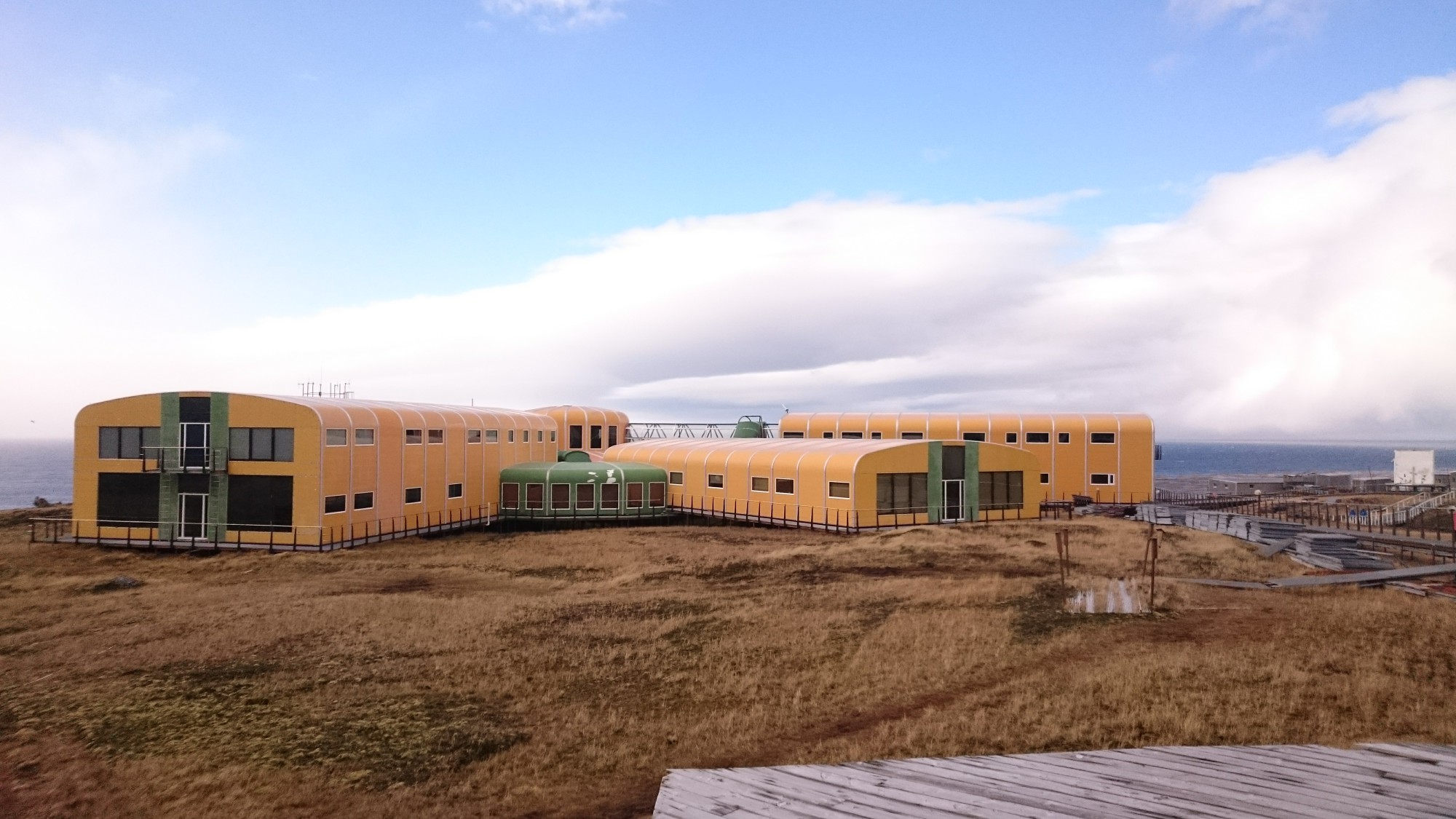 “Marion Island is the jewel in South Africa’s island crown – it is huge and beautiful, hosts an astonishing array of endemic species and charismatic marine megafauna, and is pristine. Or nearly pristine.
“Marion Island is the jewel in South Africa’s island crown – it is huge and beautiful, hosts an astonishing array of endemic species and charismatic marine megafauna, and is pristine. Or nearly pristine.
“After cats were eradicated from Marion Island in the early 1990s (it remained the largest island on earth cleared of cats for many years), mice were left as the only introduced mammal there. At the time, no thought was given to tackling mice, even though their impacts on invertebrates such as the flightless moths and weevils, plant communities, nutrient cycles, etc., were gigantic. Little did we know that mice could become such a significant threat to seabirds. Work done at Gough Island demonstrated that mice can wreak devastation on seabird colonies, and now they’re attacking seabird chicks at Marion Island, with increasing impacts each year.”
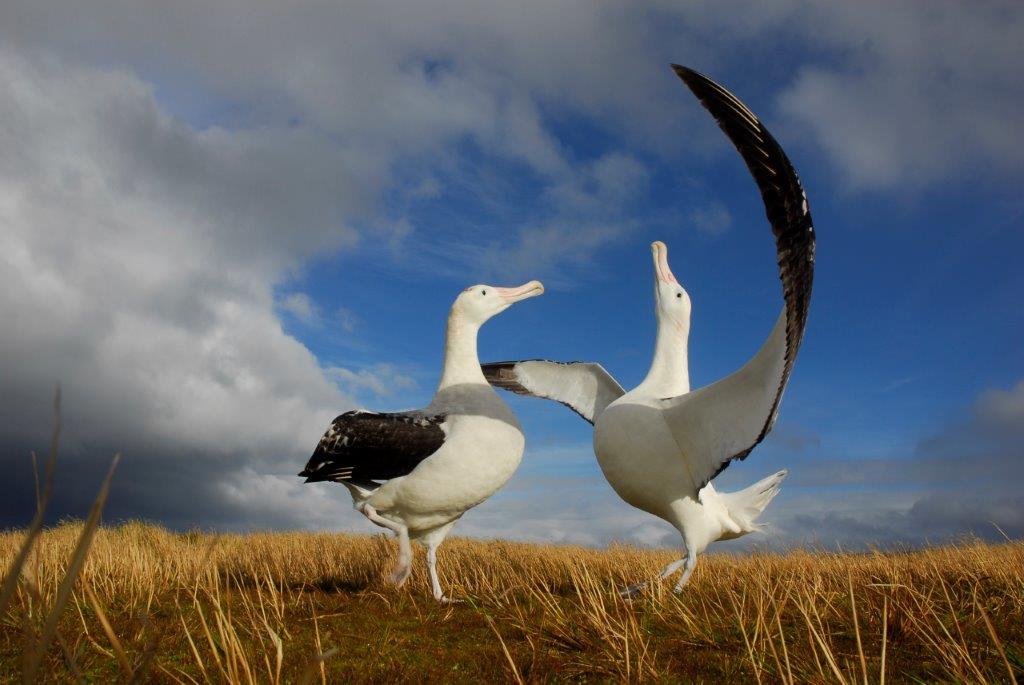 The Mouse-Free Marion project is gaining increasing momentum, as we work towards an eradication operation in the austral winter of 2023. The Mouse-Free Marion Project, a collaborative project underway to eradicate rodents from Marion Island, currently has the following opportunities available:
The Mouse-Free Marion project is gaining increasing momentum, as we work towards an eradication operation in the austral winter of 2023. The Mouse-Free Marion Project, a collaborative project underway to eradicate rodents from Marion Island, currently has the following opportunities available:
On the projects website there is FAQ that can answer some of yours:
- How long will the operation take?
- How will the mice be killed?
- Is this humane?
- How long does the poison stay in the environment?
- How did the mice get there?
- How can we be sure that this will work?
- Why don’t the birds protect themselves?
- Why is the operation so expensive?
- How will you prevent mice from getting back on the island in future?
- What about other wildlife / collateral damage?
- What will happen to the carcasses?
- Has this ever been done before?
- Has anything on the island become dependent on the mice as prey?
Text taken from “Saving Marion Island’s Seabirds. The Mouse Free Marion Project”
Photo credit – Image of Wondering Albatrosses: Ben Dilley

 Vacancy for field researcher on Marion Island (March 2024 – May 2025) –
Vacancy for field researcher on Marion Island (March 2024 – May 2025) – The Department of Plant and Soil Sciences at the University of Pretoria is offering one suitably qualified candidate an opportunity to spend a year on Marion Island to measure various aspects of the impact of the house mouse on the diversity and function of the terrestrial ecosystems of Marion Island. This work will entail collecting baseline data, mostly on invertebrates and plants.
The Department of Plant and Soil Sciences at the University of Pretoria is offering one suitably qualified candidate an opportunity to spend a year on Marion Island to measure various aspects of the impact of the house mouse on the diversity and function of the terrestrial ecosystems of Marion Island. This work will entail collecting baseline data, mostly on invertebrates and plants.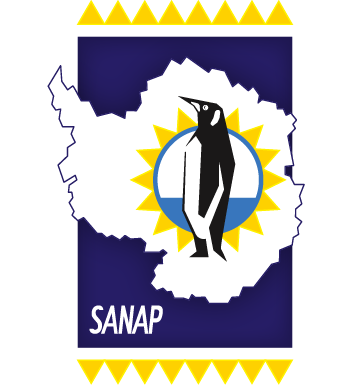





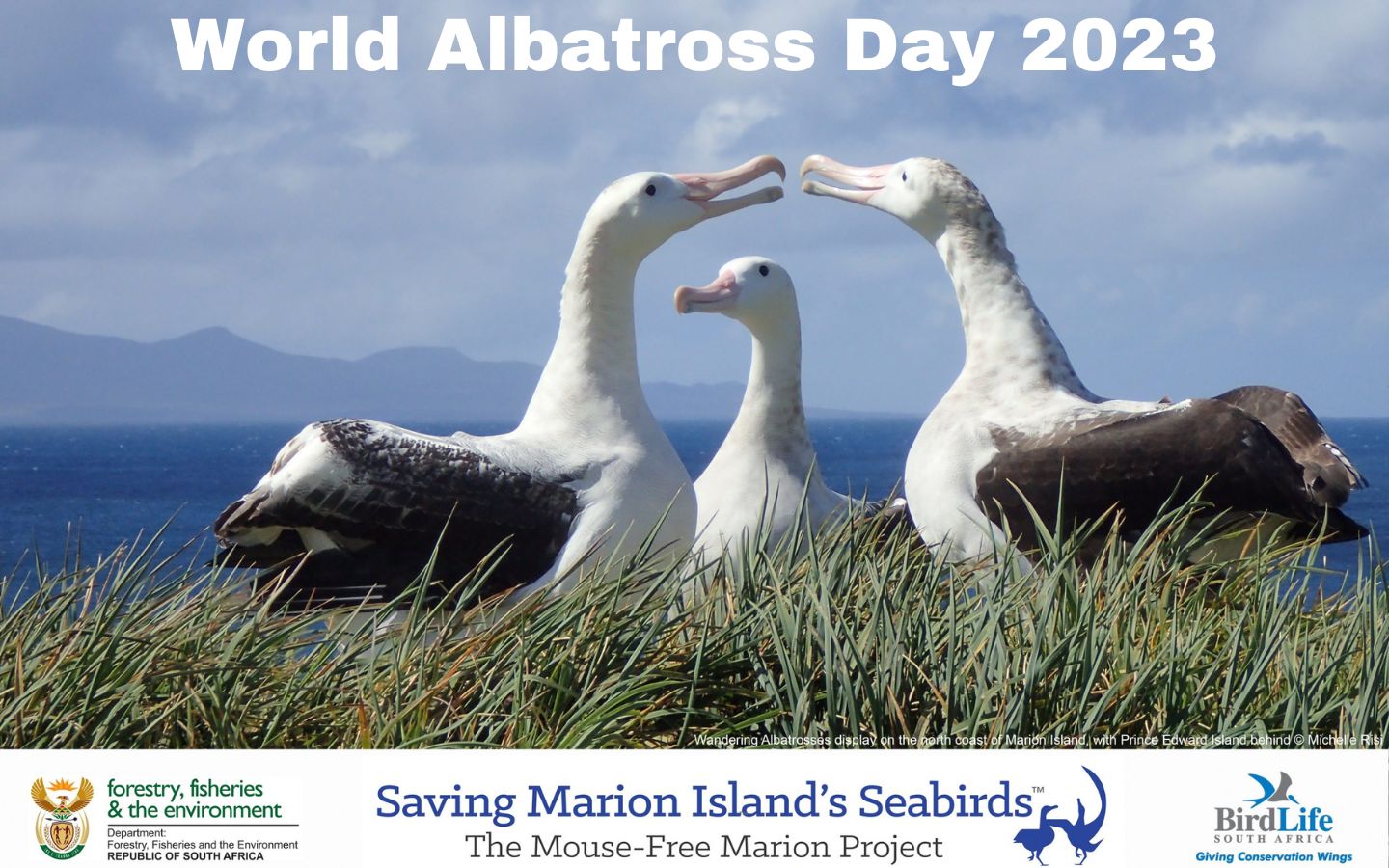
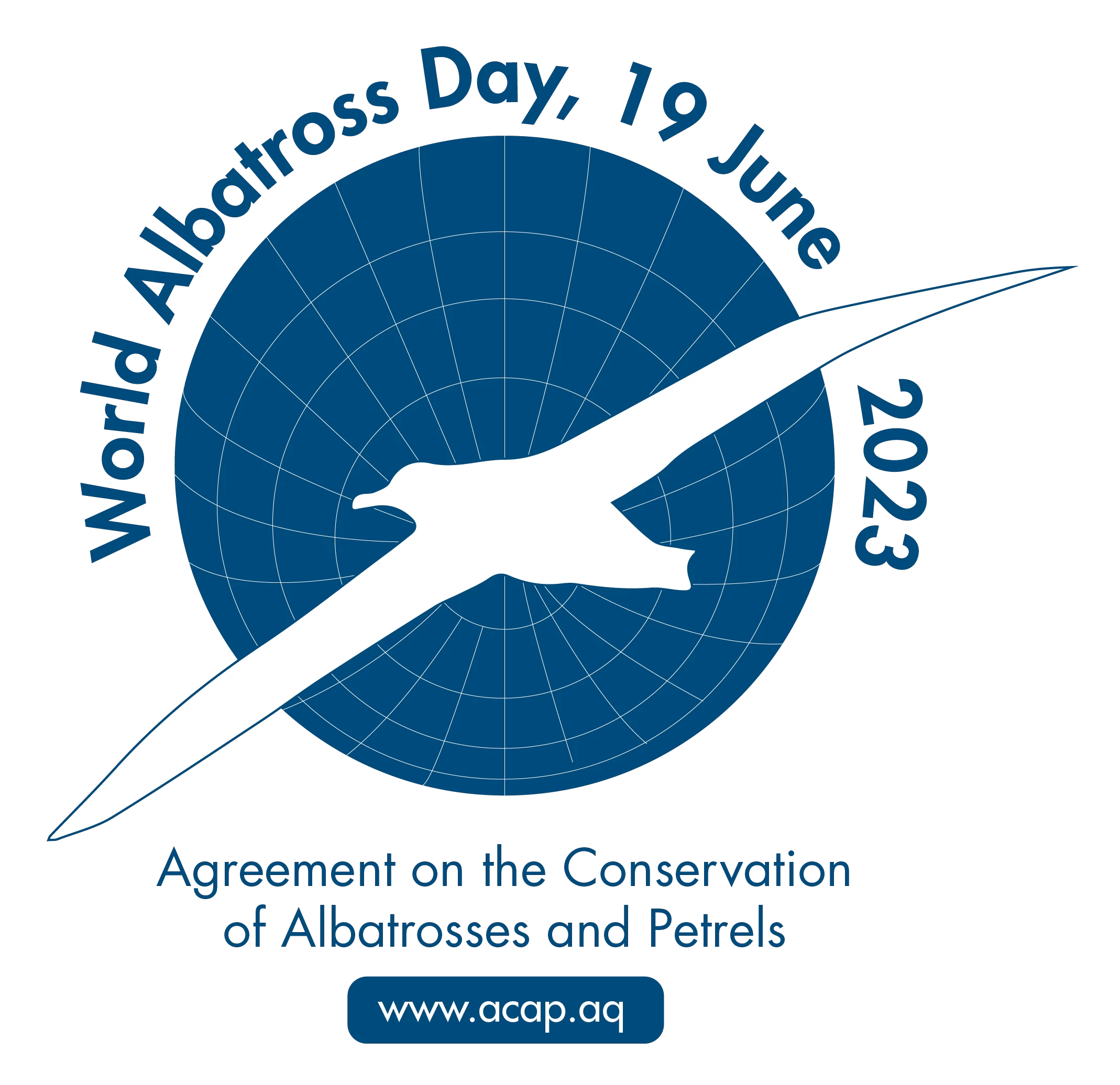
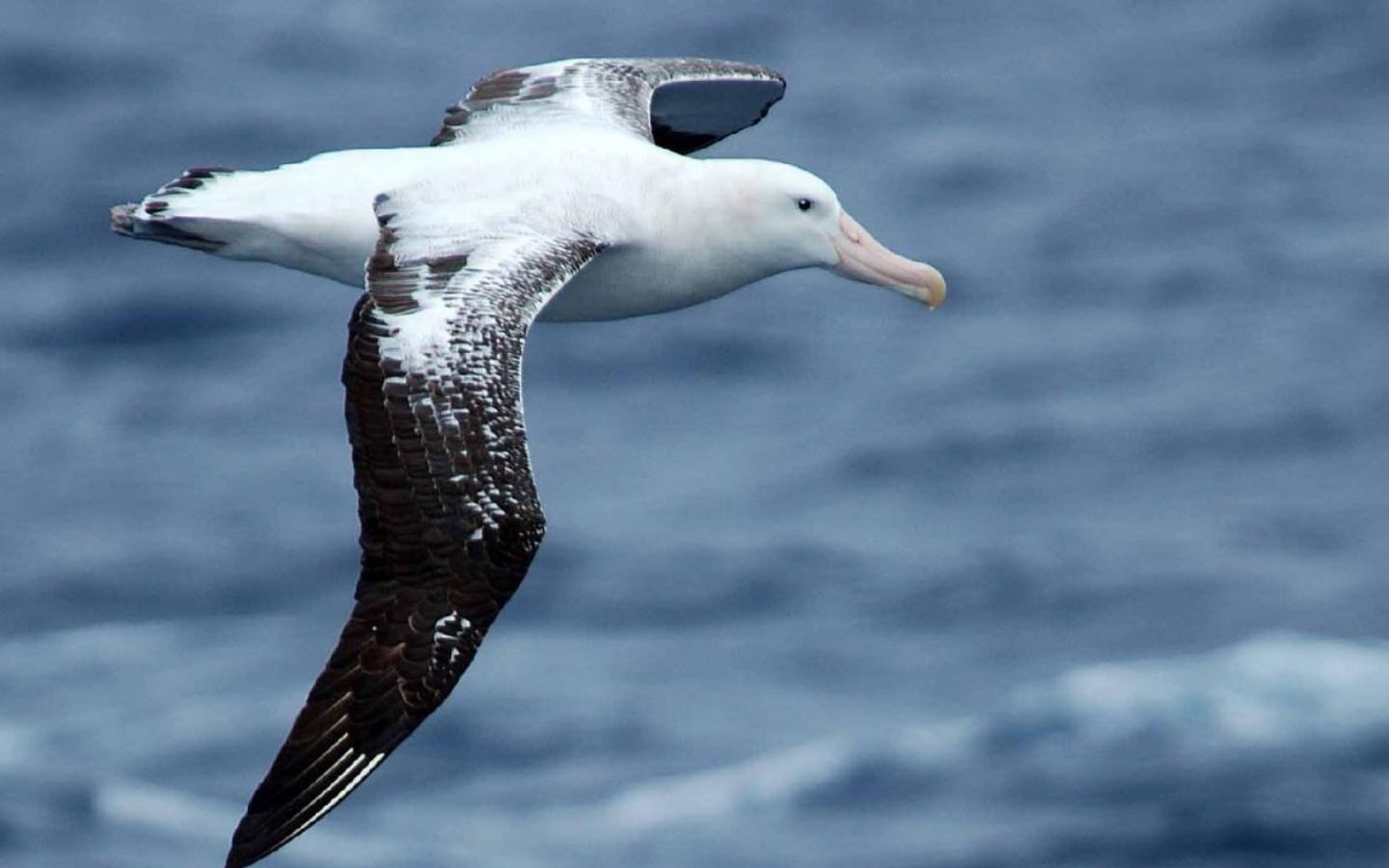









 Marion Island (29 000 hectares) and Prince Edward (4500 hectares), collectively known as the Prince Edward Islands (PEIs) were
Marion Island (29 000 hectares) and Prince Edward (4500 hectares), collectively known as the Prince Edward Islands (PEIs) were 

 The House Mouse Mus musculus (Photo Credit: Stefan Schoombie), inadvertently introduced to Marion Island by sealers in the early 1800s, successfully established on the island. With the human occupation of the island in 1948, four cats were brought to the island to control the mice in and around the station. However, these cats bred on the island, with their offspring becoming feral, and by the 1970s the population had increased to about 2000 individuals that were killing some 450 000 birds per year, mostly chicks of burrow-nesting species.
The House Mouse Mus musculus (Photo Credit: Stefan Schoombie), inadvertently introduced to Marion Island by sealers in the early 1800s, successfully established on the island. With the human occupation of the island in 1948, four cats were brought to the island to control the mice in and around the station. However, these cats bred on the island, with their offspring becoming feral, and by the 1970s the population had increased to about 2000 individuals that were killing some 450 000 birds per year, mostly chicks of burrow-nesting species.  With South Africa’s successful eradication of the cats in 1991 (confirmed in 1992), until recently the largest island upon which this has been achieved, the mice continued to thrive and over the years have had devastating effects on Marion’s fragile ecosystem by negatively affecting invertebrate densities, impacting on the vegetation by consuming seed loads and preying upon the chicks of burrowing petrels (since the 1980s) and surface-breeding albatrosses (since 2003), with ‘scalpings’ occurring from 2009 and attacks on adult birds recorded more recently in 2019. (Image Credit: FitzPatrick Institute)
With South Africa’s successful eradication of the cats in 1991 (confirmed in 1992), until recently the largest island upon which this has been achieved, the mice continued to thrive and over the years have had devastating effects on Marion’s fragile ecosystem by negatively affecting invertebrate densities, impacting on the vegetation by consuming seed loads and preying upon the chicks of burrowing petrels (since the 1980s) and surface-breeding albatrosses (since 2003), with ‘scalpings’ occurring from 2009 and attacks on adult birds recorded more recently in 2019. (Image Credit: FitzPatrick Institute)


 In what would later become a partnership with DFFE, a
In what would later become a partnership with DFFE, a 

 The systematic aerial sowing of bait will be conducted by GPS-guided helicopters with underslung bait buckets to ensure every single mouse territory is covered. The aerial baiting will be complemented by hand-baiting approaches in and around the
The systematic aerial sowing of bait will be conducted by GPS-guided helicopters with underslung bait buckets to ensure every single mouse territory is covered. The aerial baiting will be complemented by hand-baiting approaches in and around the 

 A project of this nature requires substantial funding. To date, funds provided and committed are comprised largely of donations, government funding and crowd sourcing to save Marion Island’s seabirds. For more information and the latest updates on the MFM Project, as well as to ‘
A project of this nature requires substantial funding. To date, funds provided and committed are comprised largely of donations, government funding and crowd sourcing to save Marion Island’s seabirds. For more information and the latest updates on the MFM Project, as well as to ‘

 “Marion Island is the jewel in South Africa’s island crown – it is huge and beautiful, hosts an astonishing array of endemic species and charismatic marine megafauna, and is pristine. Or nearly pristine.
“Marion Island is the jewel in South Africa’s island crown – it is huge and beautiful, hosts an astonishing array of endemic species and charismatic marine megafauna, and is pristine. Or nearly pristine. The Mouse-Free Marion project is gaining increasing momentum, as we work towards an eradication operation in the austral winter of 2023. The Mouse-Free Marion Project, a collaborative project underway to eradicate rodents from Marion Island, currently has the following opportunities available:
The Mouse-Free Marion project is gaining increasing momentum, as we work towards an eradication operation in the austral winter of 2023. The Mouse-Free Marion Project, a collaborative project underway to eradicate rodents from Marion Island, currently has the following opportunities available: 
